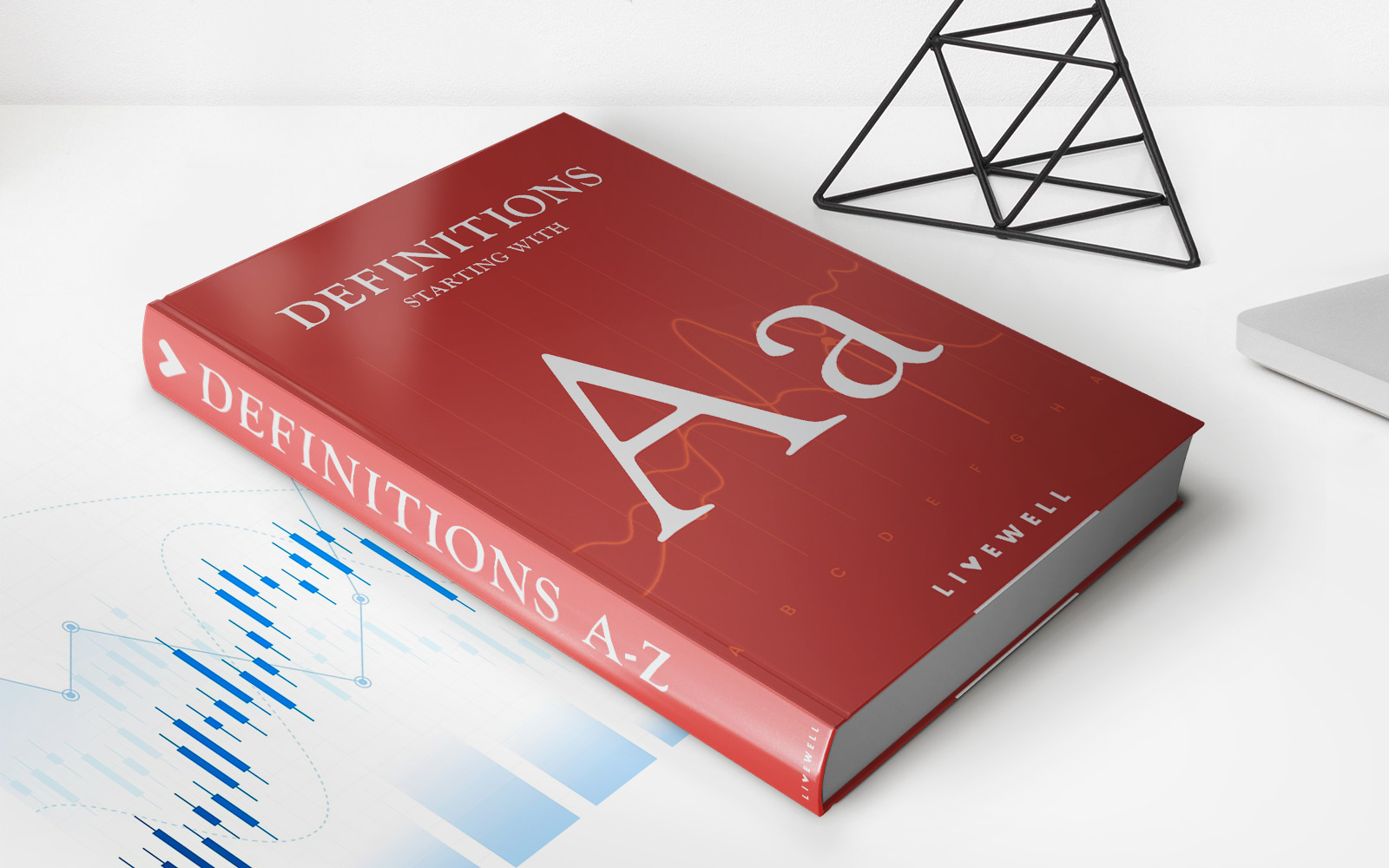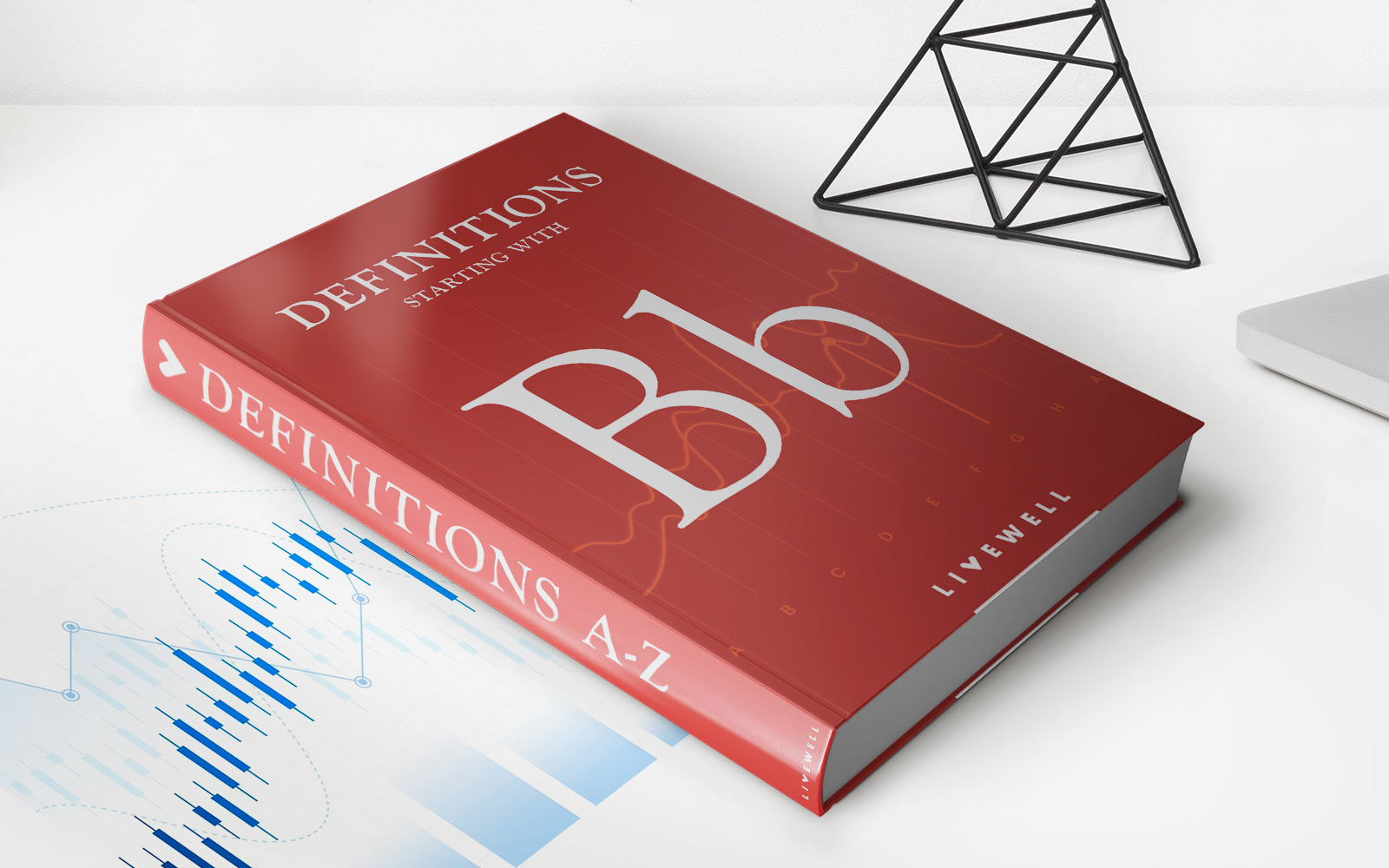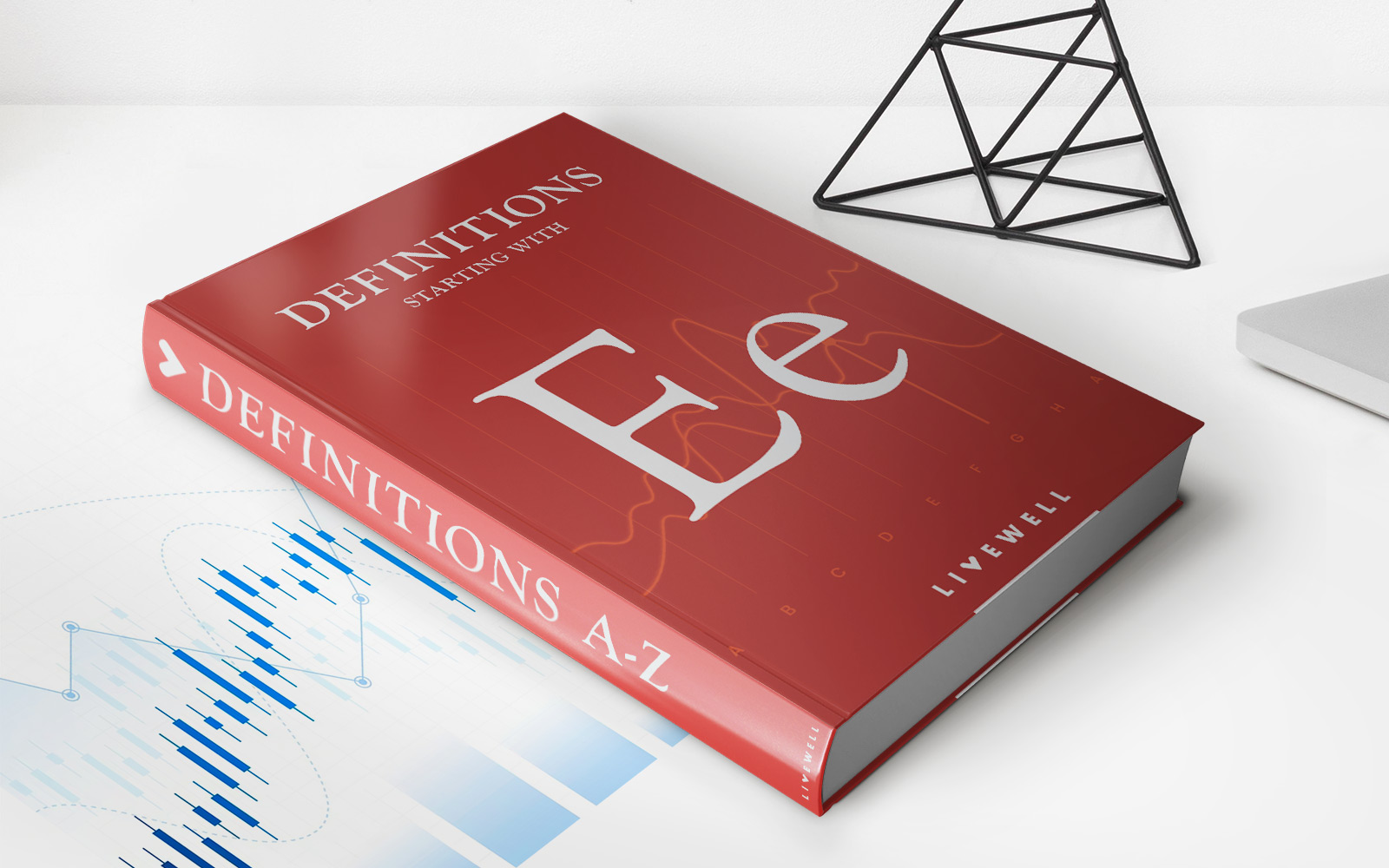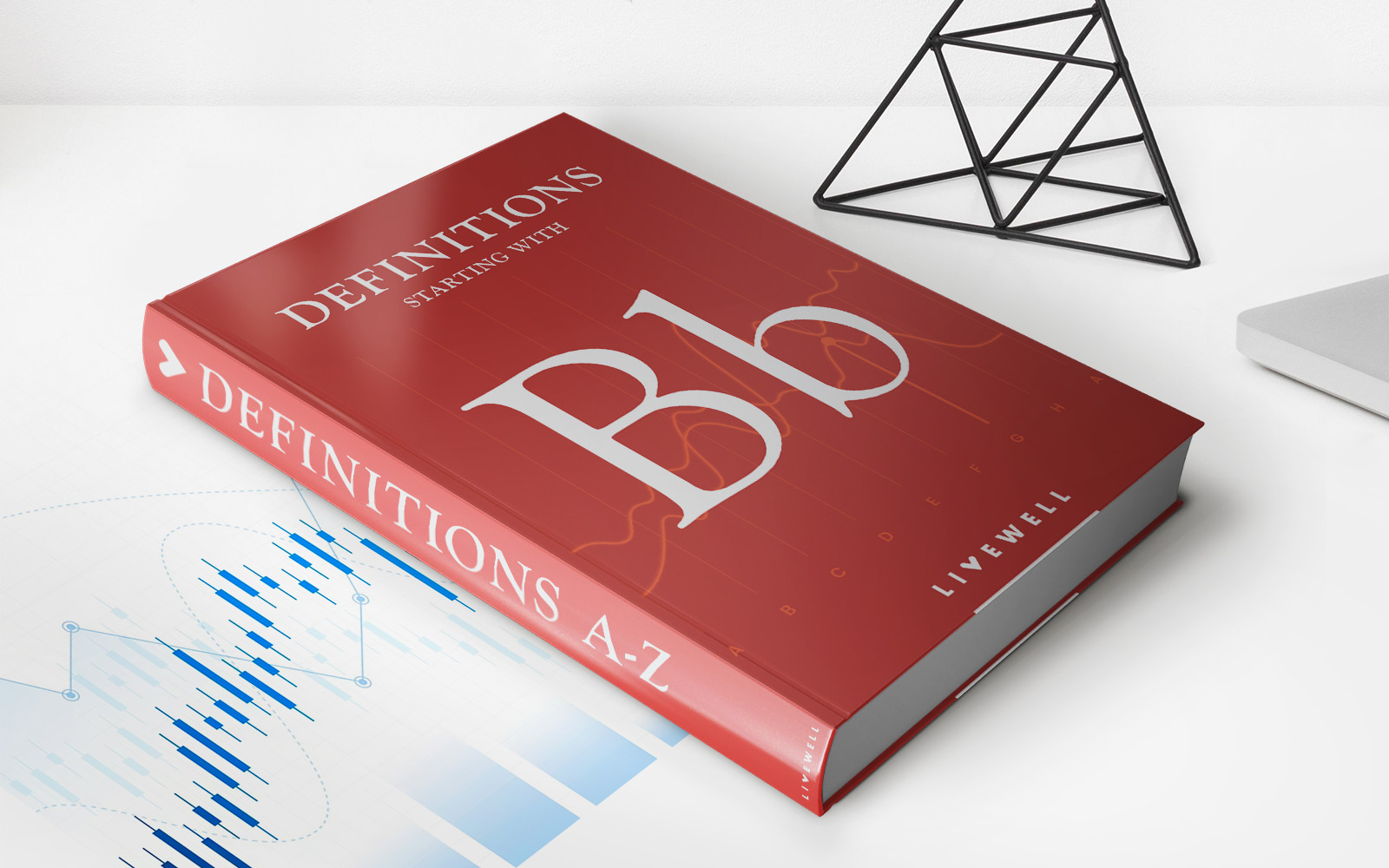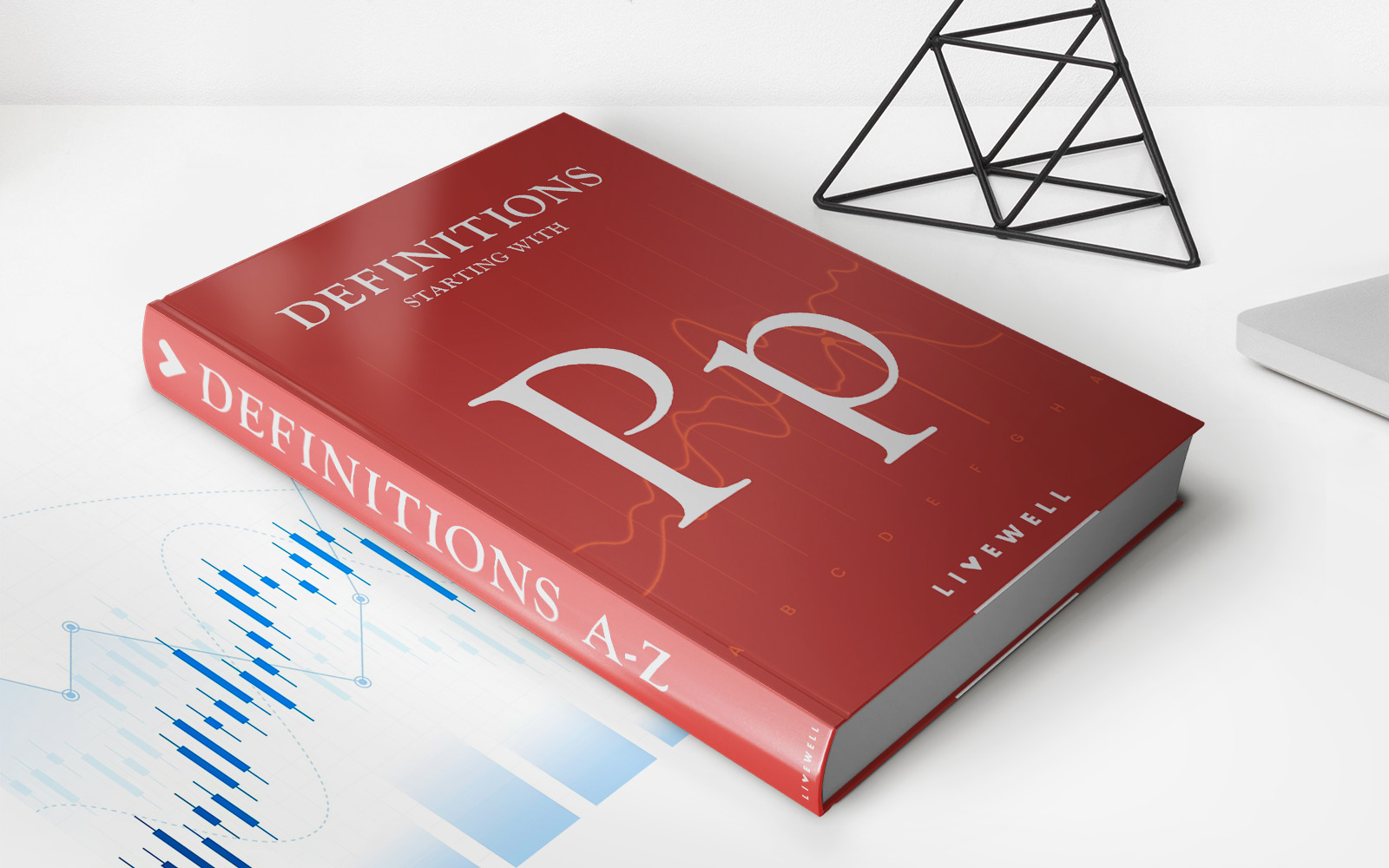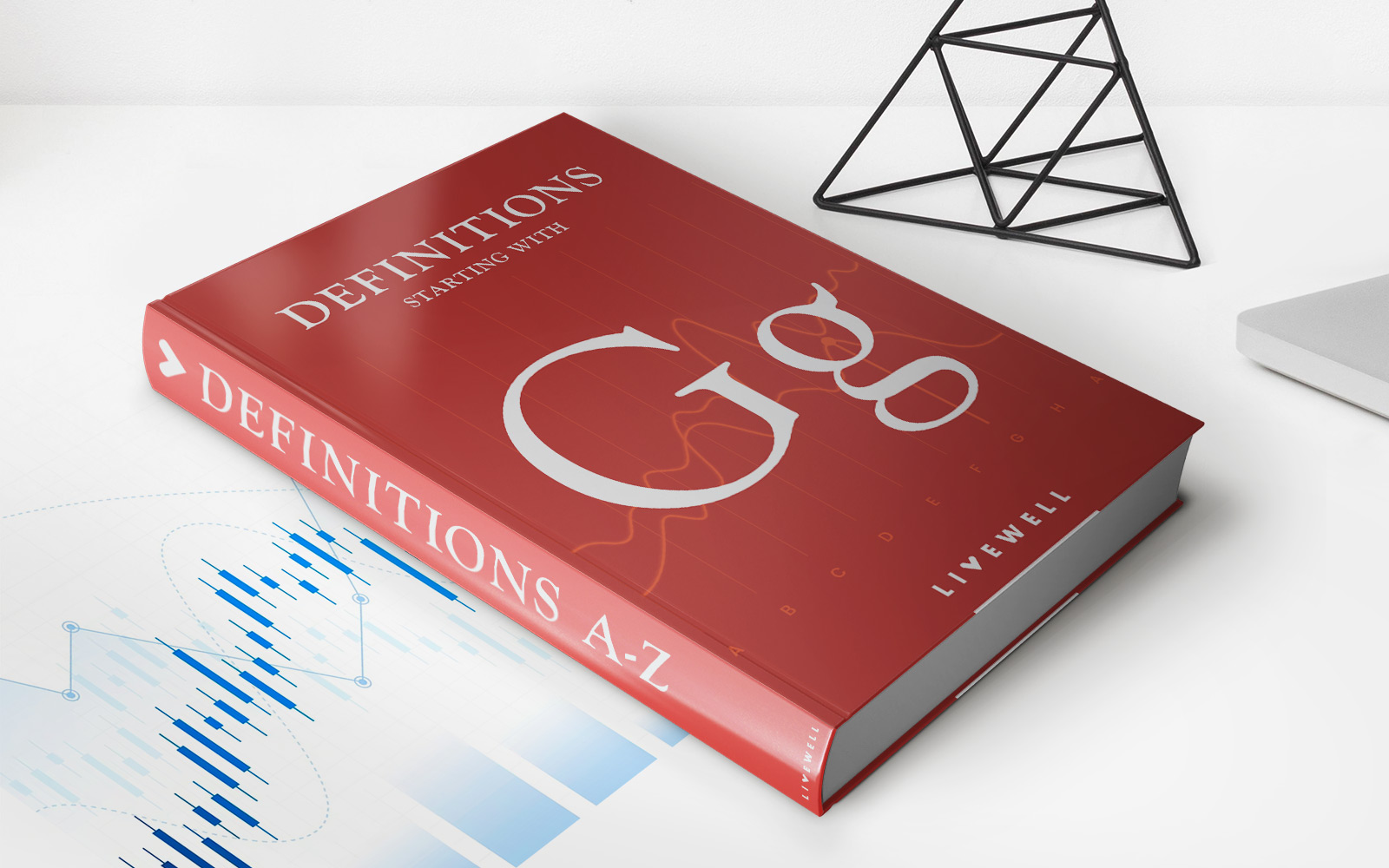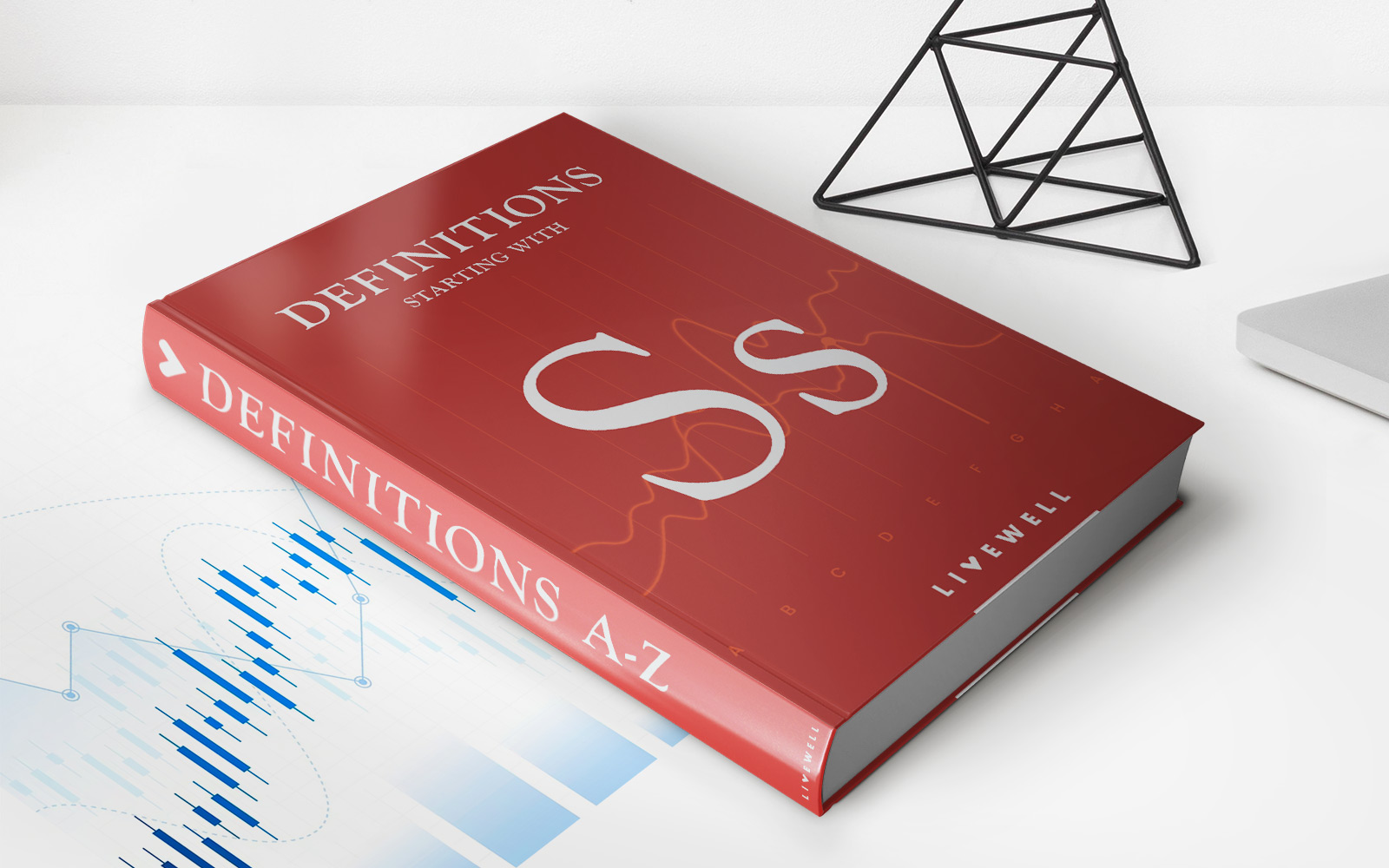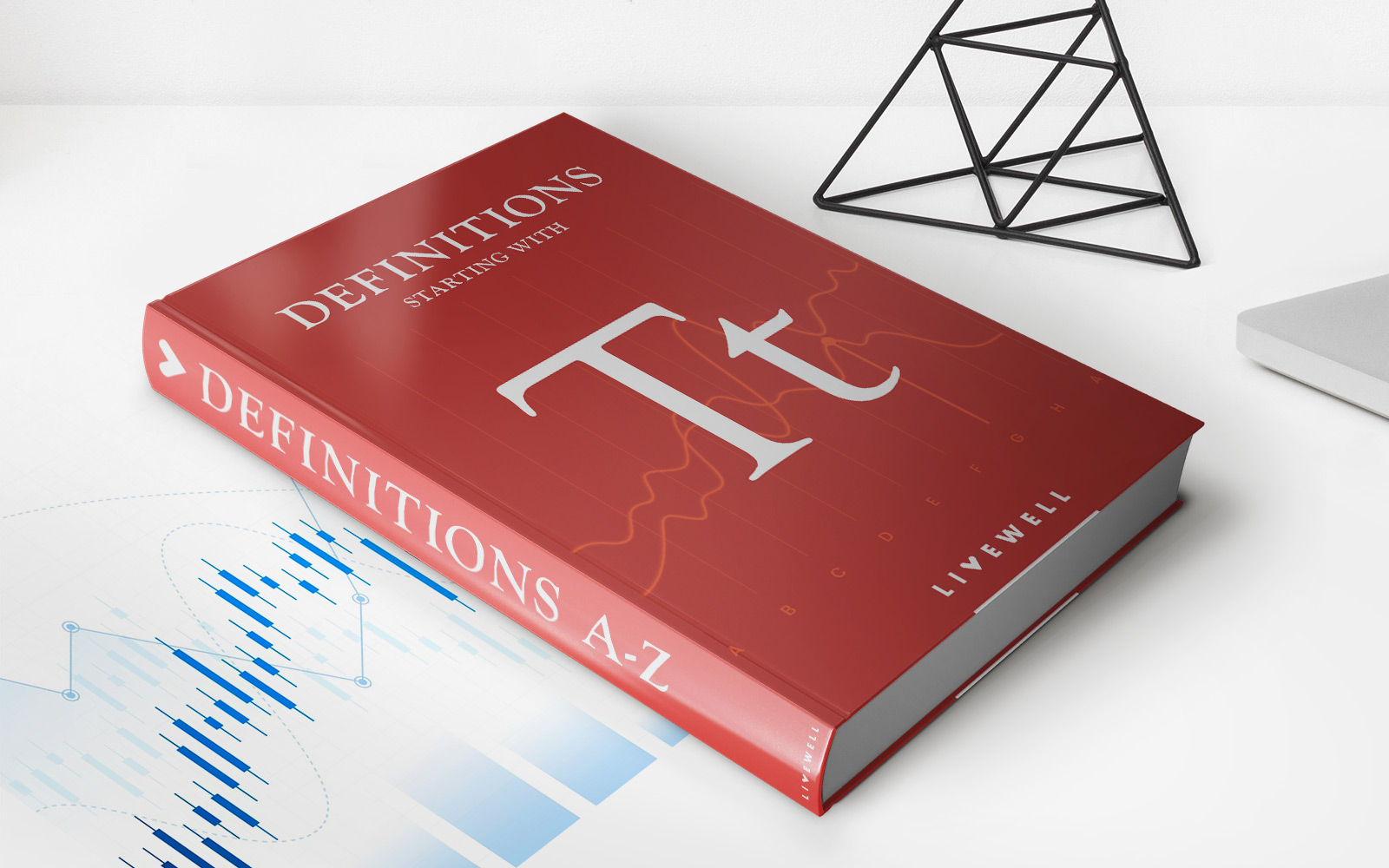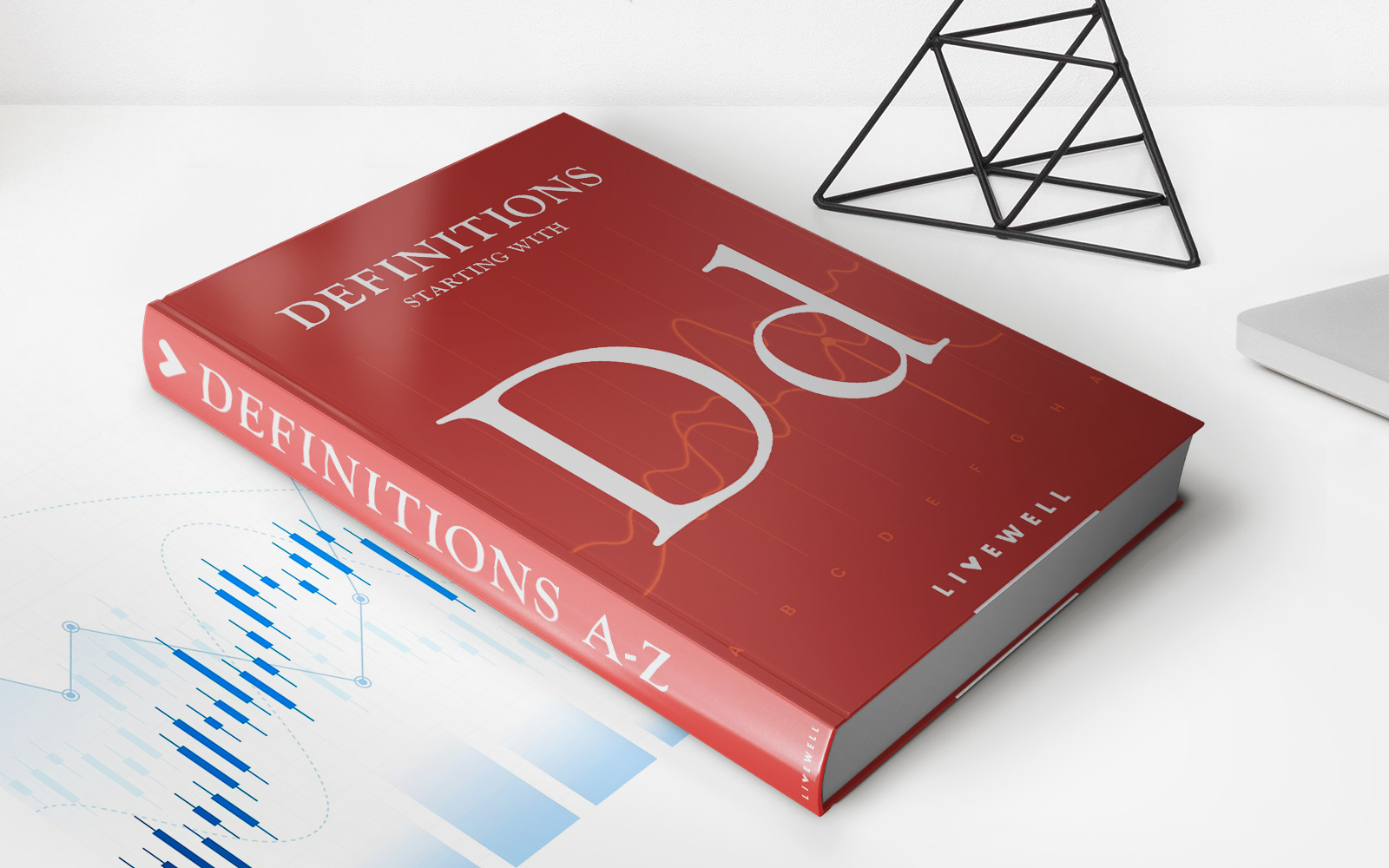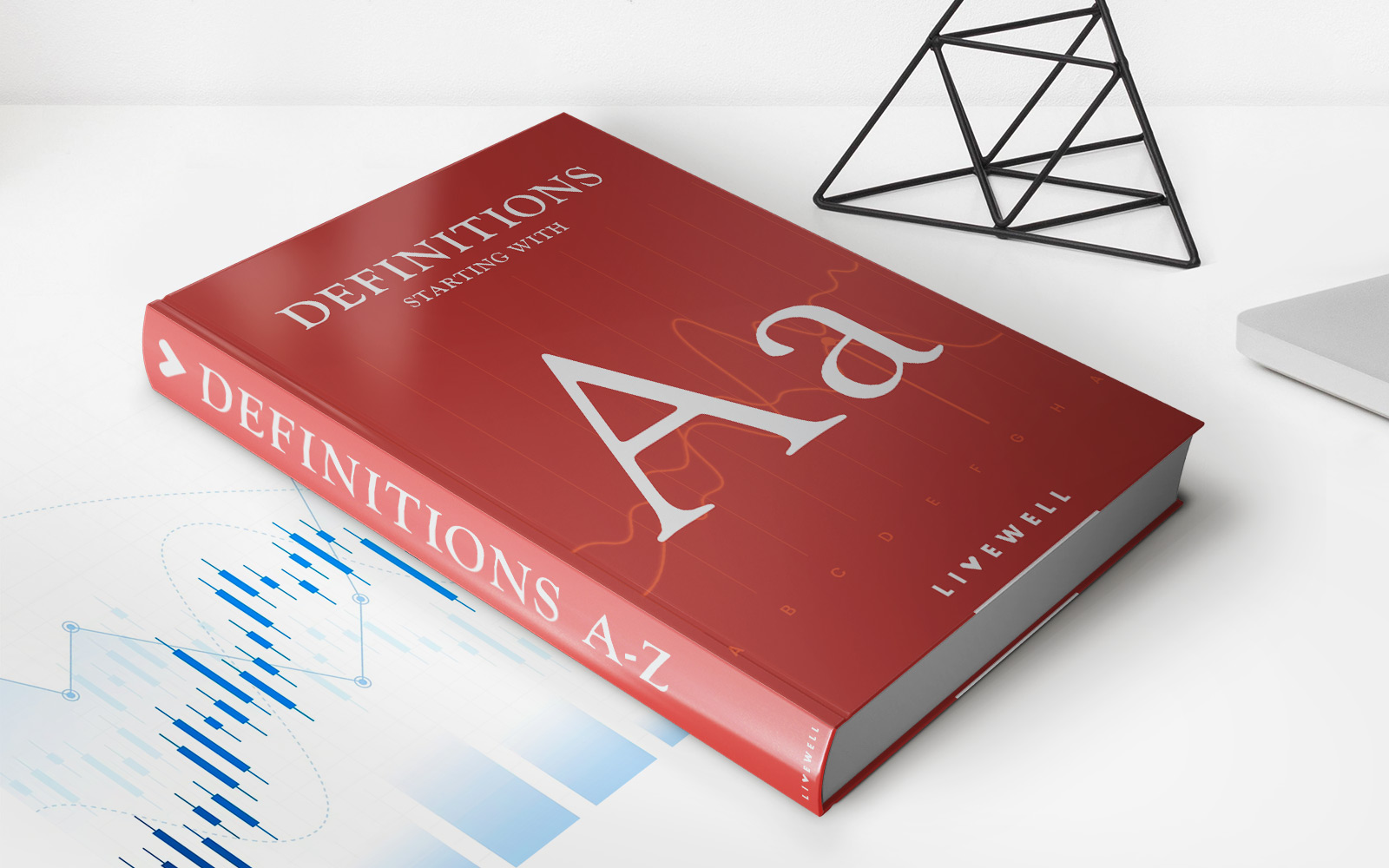Home>Finance>What Is A Seagull Option? Definition And How They Work In Trading
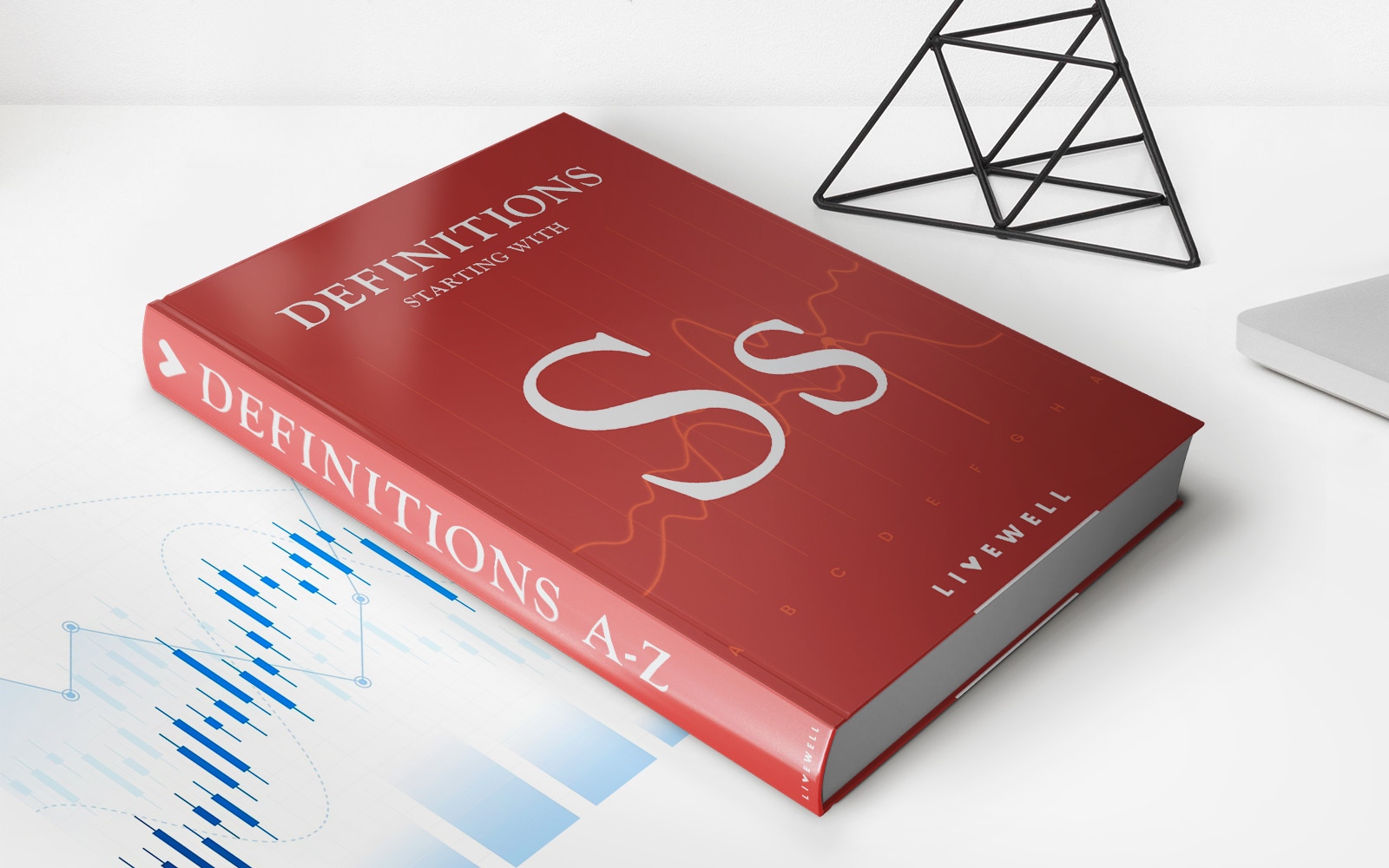

Finance
What Is A Seagull Option? Definition And How They Work In Trading
Published: January 23, 2024
Discover the definition and workings of seagull options in finance. Explore how these options function in trading and their potential benefits.
(Many of the links in this article redirect to a specific reviewed product. Your purchase of these products through affiliate links helps to generate commission for LiveWell, at no extra cost. Learn more)
What Is a Seagull Option? Definition and How They Work in Trading
As a trader, it’s crucial to have a comprehensive understanding of different types of options. One such option is the seagull option, which offers a unique way to manage risk and potentially enhance profits. In this article, we’ll explore what a seagull option is, how it works, and its benefits in trading.
What Is a Seagull Option?
A seagull option is an option strategy that combines elements of both a collar option and a bullish spread. It consists of three main components: a purchased put option, a written call option, and a purchased call option. This combination allows traders to protect their downside risk while still participating in potential market gains.
How Does a Seagull Option Work?
When implementing a seagull option strategy, traders choose an underlying asset they wish to trade. They then purchase one put option to protect against downside risk. This put option provides insurance against a decline in the price of the asset. Simultaneously, they write (sell) a call option at a higher strike price, generating income or premiums. Finally, traders purchase a call option at an even higher strike price to participate in potential market gains.
The key advantage of a seagull option is its ability to limit downside risk while retaining some upside potential. If the underlying asset’s price decreases, the purchased put option provides protection, acting as a floor. However, if the asset’s price increases, the written call option and purchased call option allow traders to benefit from the upward movement, up to a certain point.
Key Takeaways:
- A seagull option combines a purchased put option, a written call option, and a purchased call option.
- It offers downside protection and a capped upside potential, making it suitable for risk-averse traders.
Benefits of Seagull Options in Trading
Seagull options come with several advantages that make them an attractive choice for traders. Here are the key benefits:
- Downside Protection: By purchasing a put option, traders are safeguarded against potential losses if the asset’s price declines. This protection acts as a safety net, limiting their downside risk.
- Capped Upside Potential: While seagull options provide protection, they also allow traders to participate in market gains up to a certain point. This capped upside potential enables traders to benefit from bullish movements in the underlying asset.
- Income Generation: Writing a call option allows traders to generate income through collected premiums. This income can help offset the cost of purchasing the put option and enhance overall profitability.
- Flexibility: Seagull options can be customized to suit individual trading strategies. Traders can adjust the strike prices and expiration dates of the options to align with their desired risk-return profile.
It’s essential to note that like any trading strategy, seagull options come with risks. The capped upside potential means traders may not fully participate in substantial market gains. Additionally, variations in market conditions and the performance of the underlying asset can impact the effectiveness of this strategy.
In conclusion, seagull options provide traders with a unique way to manage risk and potential profitability. By combining elements of collar options and bullish spread strategies, seagull options offer the benefits of downside protection while enabling participation in market upside. Traders should carefully assess their risk tolerance and market expectations before implementing this strategy.
